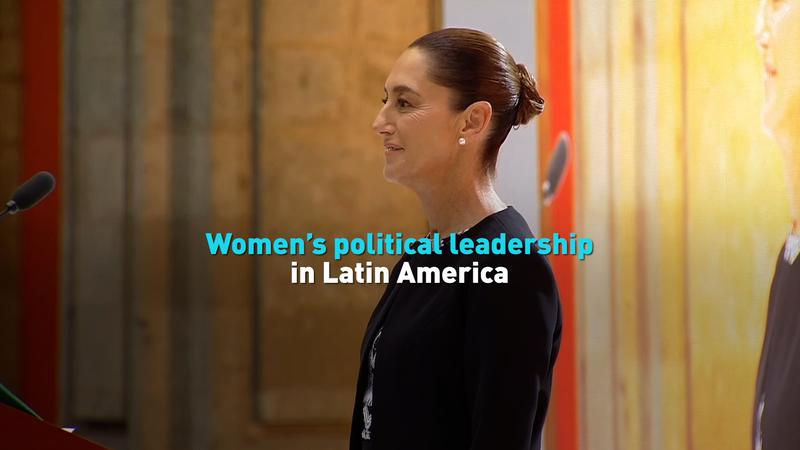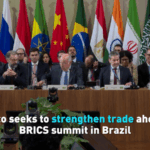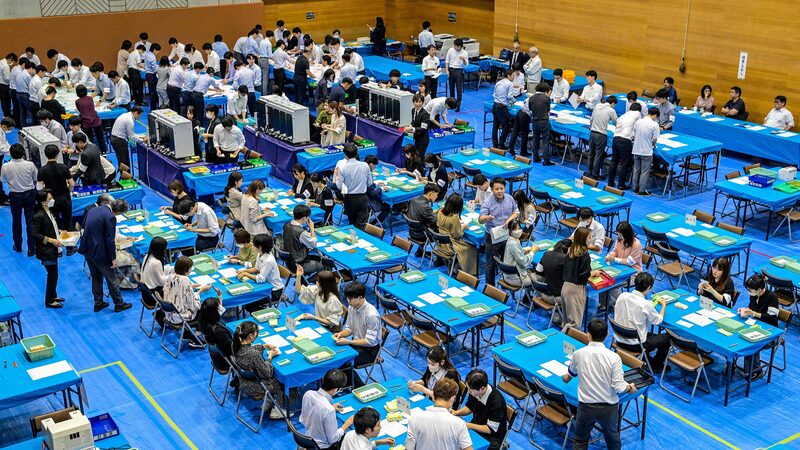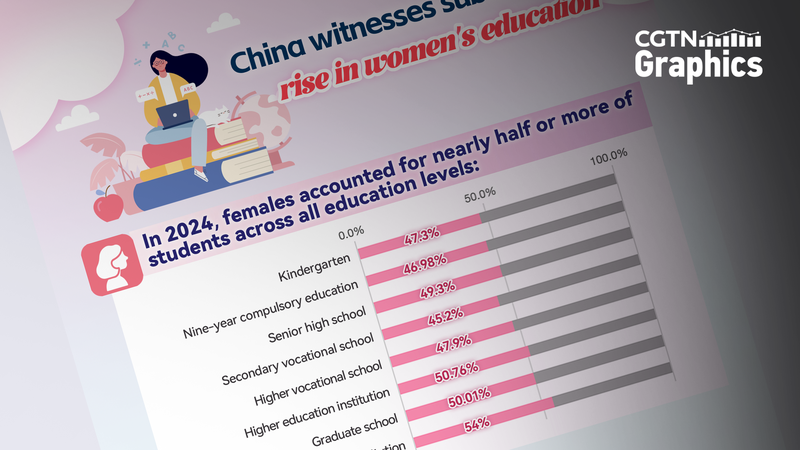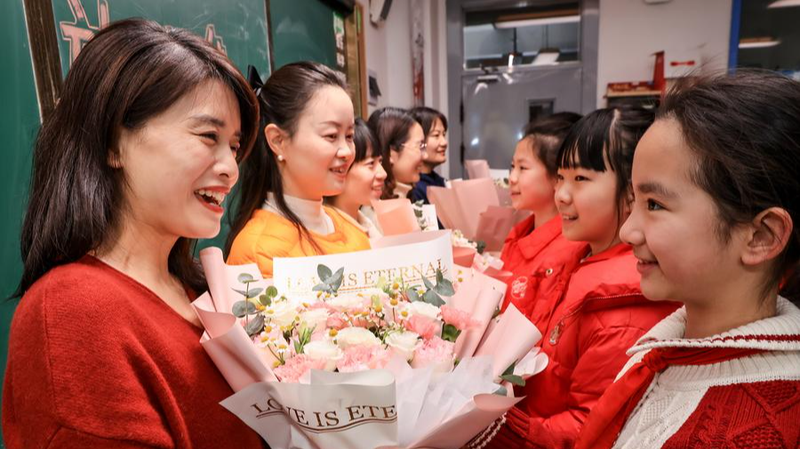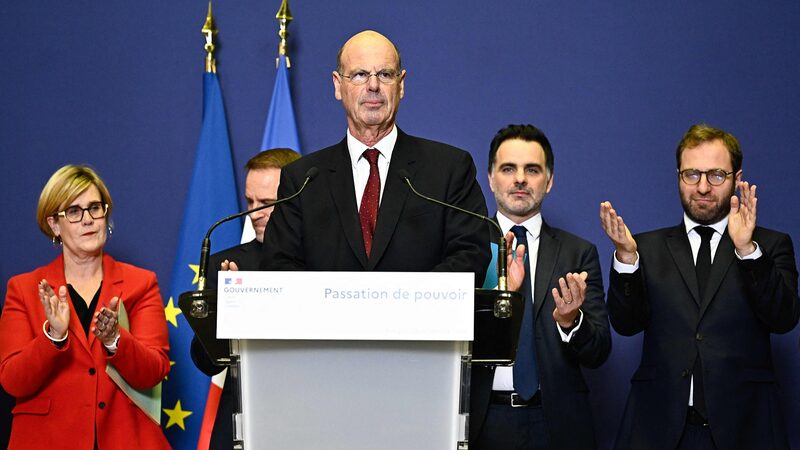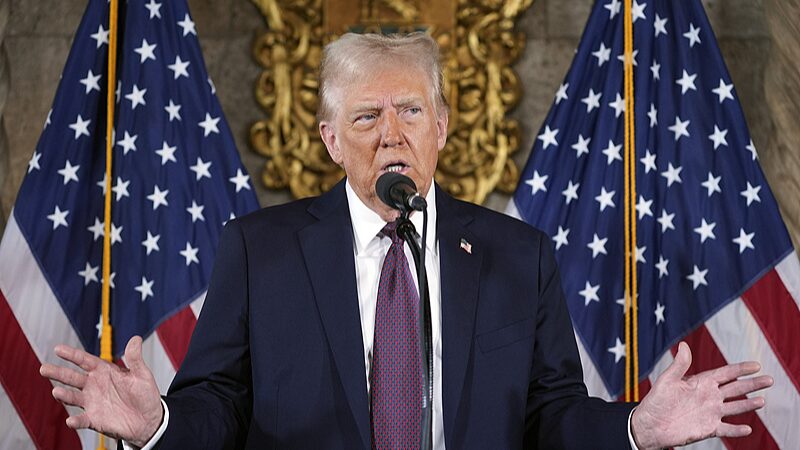As Beijing hosts a Global Leaders’ Meeting on Women this week, attention turns to Latin America – a region that has elected more female heads of state than any other developing region yet continues to grapple with systemic gender disparities in political representation.
From Chile's Gabriel Boric appointing a cabinet with 14 women among 24 ministers to Mexico's constitutional mandate for gender parity in all branches of government, recent developments suggest progress. However, data reveals contradictions: while 6 Latin American countries have had female presidents since 2000, women hold only 33% of parliamentary seats region-wide according to UN Women.
"Having a woman in the presidential palace doesn't automatically translate to empowerment at the municipal level," notes CGTN correspondent Alasdair Baverstock, who has tracked gender policy reforms across the region. "We're seeing innovative quota systems in countries like Argentina and Costa Rica, but cultural barriers remain entrenched."
The Beijing summit comes as regional governments face pressure to address rising gender-based violence and economic inequalities exacerbated by pandemic recovery efforts. Experts suggest Latin America's mixed record offers crucial lessons for global discussions on balancing symbolic representation with substantive policy changes.
Reference(s):
cgtn.com
